No products in the cart.
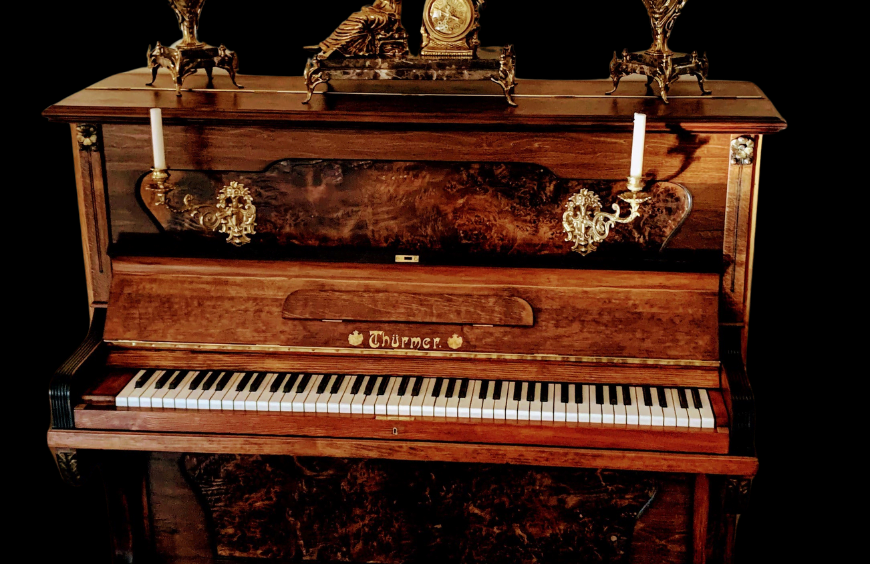
Pianos are among the most durable of personal possessions.
Admired for their fine cabinetry and treasured for their beautiful sound, pianos usually lead a pampered life in the best room of the house. They’re often thought of as permanent family fixtures, passed down to children and grandchildren. Their large size and weight give them the illusion of being able to last forever.
While pianos do last a long time, remember they’re really just large machines made of wood, felt and metal. Over the years, seasonal changes take their toll, stressing the wooden parts and straining glue joints. Felt hammers are pounded flat after thousands of collisions with the piano’s strings, and metal parts corrode and weaken. Years of friction wear out the one thousand felt bushings in the action. How long a piano will last varies greatly, depending upon maintenance and repair, usage, climate, and quality of manufacture.
Here’s a sketch of the life cycle of a typical home piano:
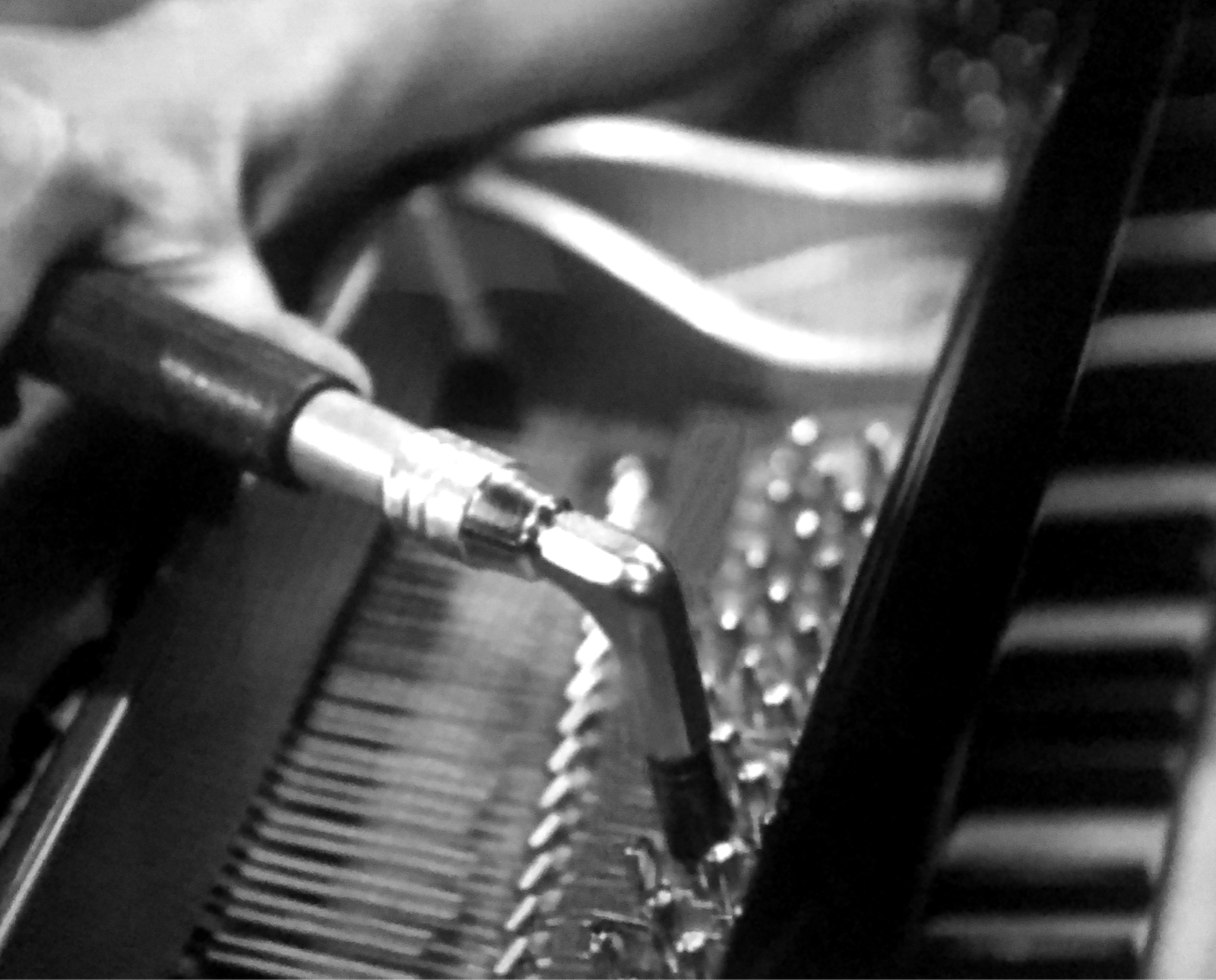
First Year
The pitch of a new piano drops considerably, as the new strings stretch and the structure settles. If the piano receives the manufacturer’s recommended three to four tunings during this time, it will stay at the correct pitch, allowing strings and structure to reach a stable equilibrium. Without these important first tunings, any later tuning will involve a large pitch raise, leaving the piano unstable.
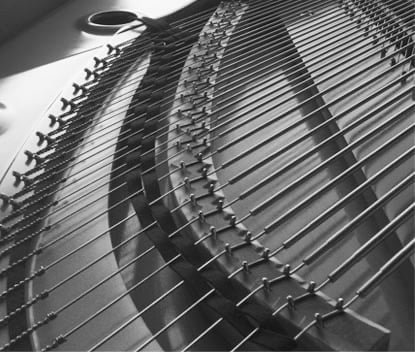 Two to Ten Years
Two to Ten Years
The pitch stabilizes, assuming regular tunings (and additional climate control devices if needed). The mechanical parts of the piano’s action wear and settle too. This causes two changes: first, the touch of the piano becomes less responsive as the parts go out of adjustment. Secondly, the tone changes as the hammers flatten and grooves develop from repeated collisions with the strings. Periodic regulation and voicing, important parts of a complete maintenance program, correct these changes.
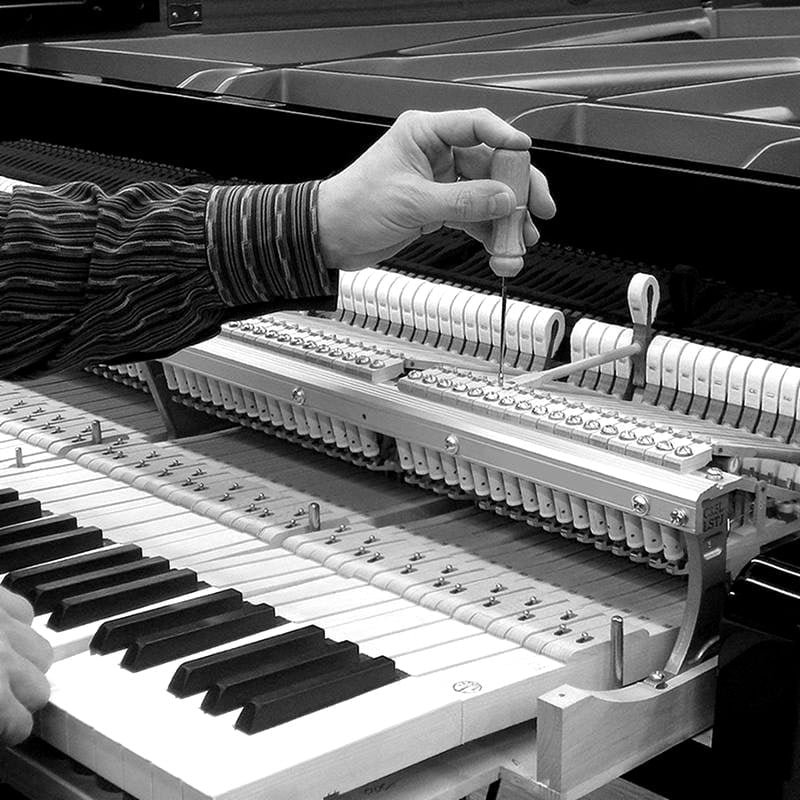
Ten to Thirty Years
Wear of action parts continues, the extent depending upon how hard and how often the piano is played. Normal regulation and voicing will maintain good tone and touch if usage is moderate.
If the piano suffers wide temperature and humidity swings, it will being to show permanent deterioration during this time: loose tuning pins, rusty strings, soundboard cracks, and aging of the finish.
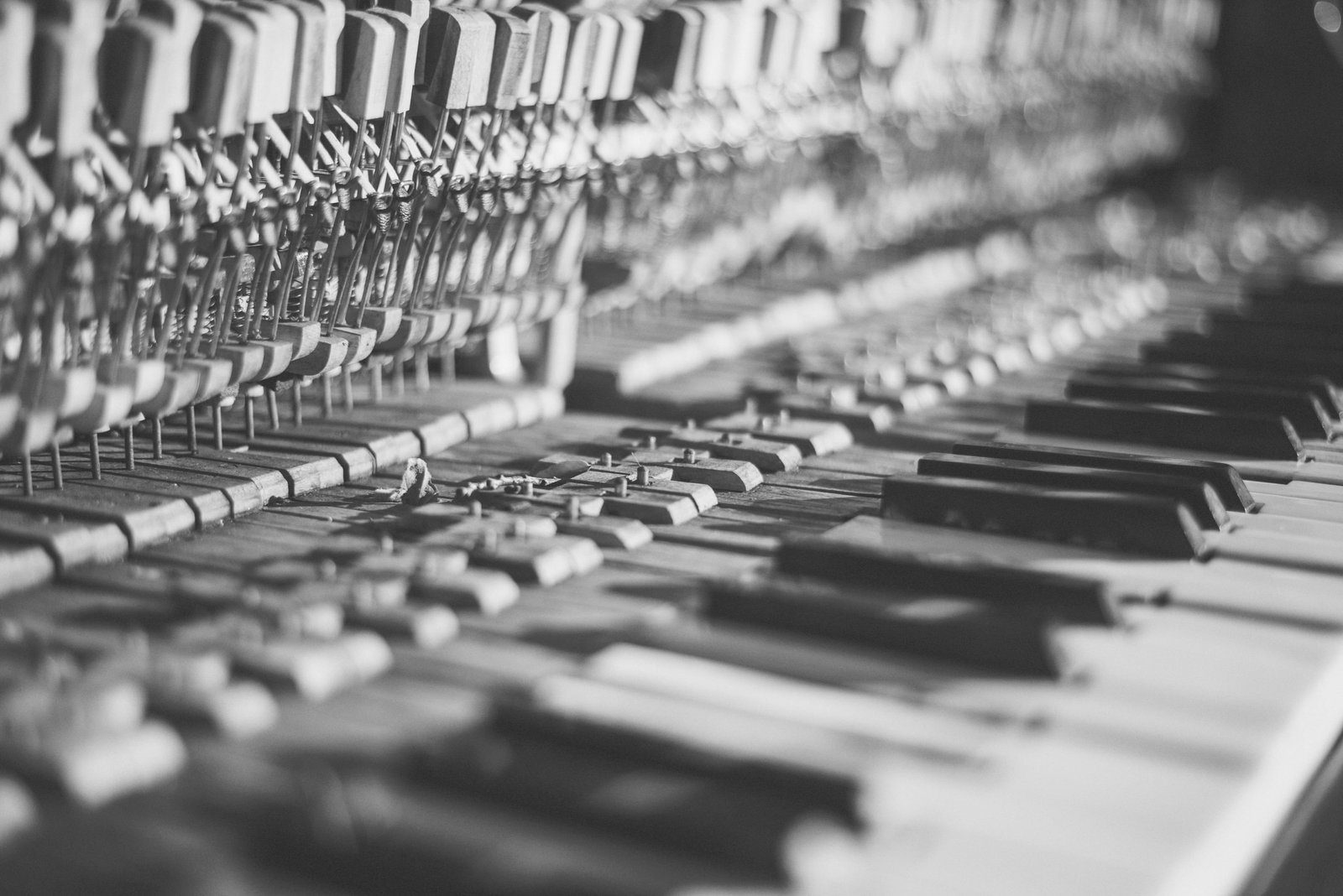 Thirty to Fifty Years
Thirty to Fifty YearsAfter years of playing, the hammers and other action parts will be quite worn. Years of seasonal changes cause bass strings to sound dull and treble tone to lost clarity. Eventually, adjustment alone will not correct these problems, and some parts will need replacing to restore the original tone and touch.
Over Fifty Years.
A few geographic areas with mild climates have older pianos still in good condition. Well-built, well-designed pianos can still be playable at this advanced age if they’ve had good care and moderate use.
However, at some point in a piano’s life, an important decision must be made:
- Should the piano be replace? Is its life over?
- Should it reconditioned or rebuilt (made functionally new again)?
- Should it continue to limp along with an ever worsening tone and touch?
The needs of the pianist are the real variable in judging a piano’s useful life. Good performance requires a piano in good condition.
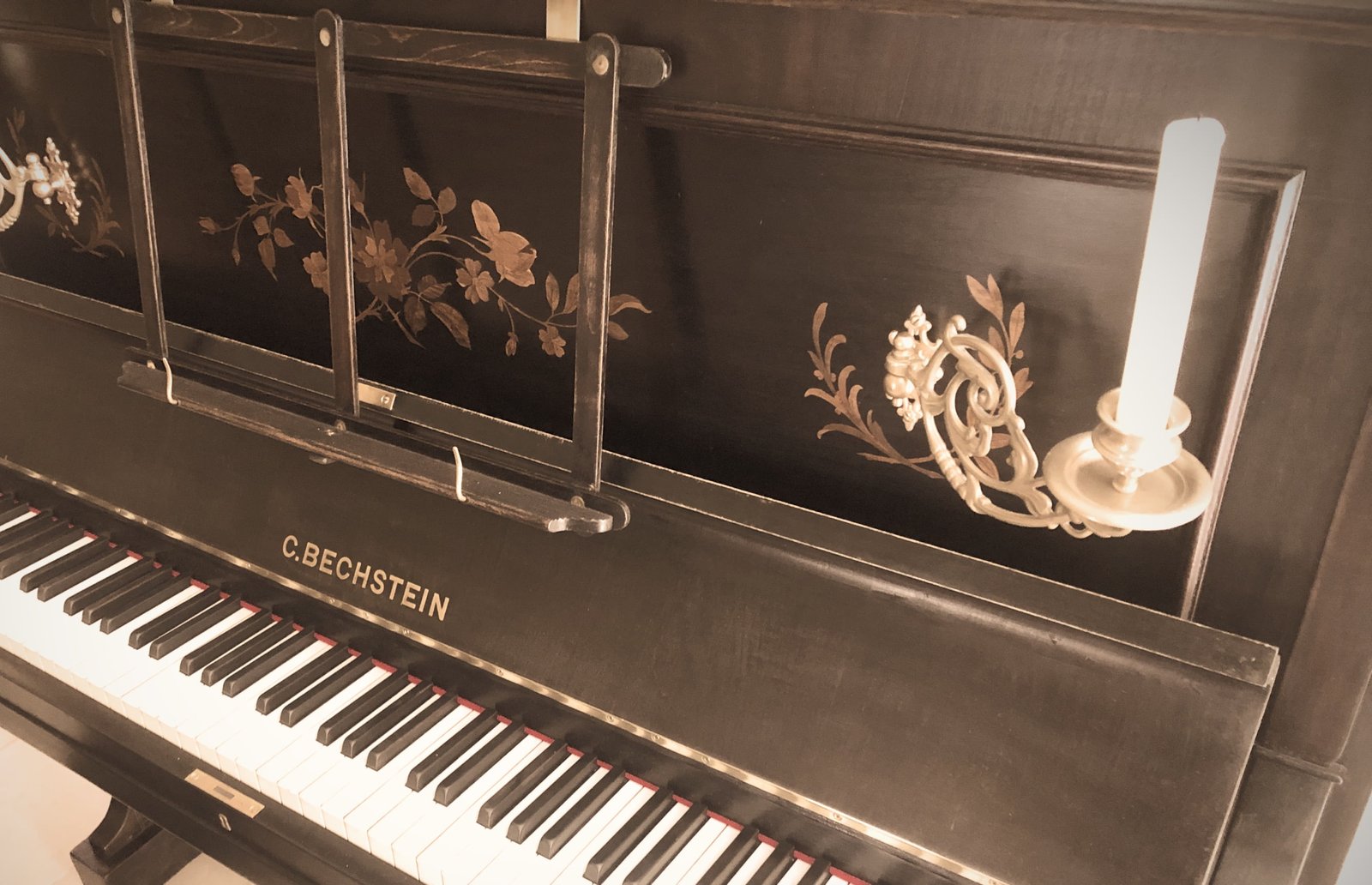
Are you wondering about the longevity of your piano? Consider the remarkable possibilities that await when you choose to rebuild older, high-quality instruments to restore them to their former glory. With our expertise at SoloPlay, we can guide you through the process of transforming your piano into a like-new condition, all at a cost that is significantly lower than purchasing a brand new instrument. Even if you have an economy-grade piano, you’ll be surprised by the remarkable improvements that can be achieved through judicious reconditioning. Our dedicated team is here to support you every step of the way, ensuring that you make an informed decision about the future of your piano.
Although there comes a point where maintaining a very old piano becomes less practical, it is important to note that the end of a piano’s life is only reached when the cost of repairs surpasses the value of the instrument. Medium-quality old upright pianos typically reach this point sooner than high-quality large grands. However, it’s worth mentioning that rare and historically significant instruments may never reach this point unless they are severely damaged in a fire or other catastrophic event.
The good news is that almost any piano that has received reasonable care will have served the art of music for decades before its days are over. Don’t miss the opportunity to unlock the full potential of your piano. Get in touch with SoloPlay today, and let us help you preserve the musical legacy of your instrument for generations to come.

